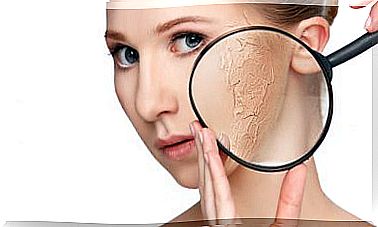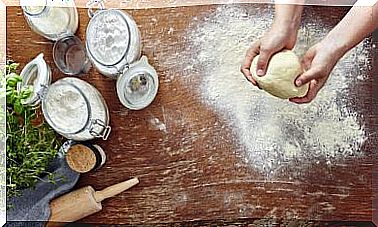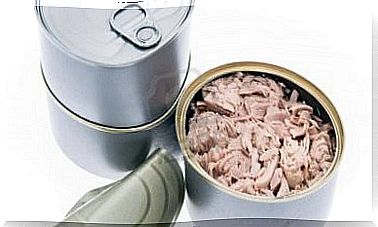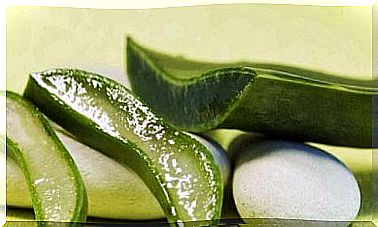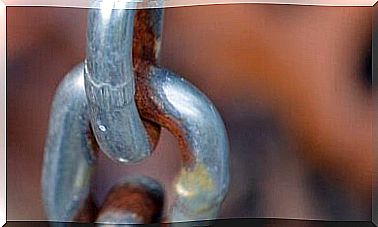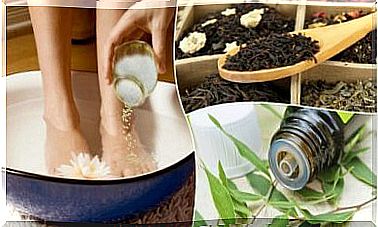Fibrocystic Breasts: Everything You Should Know
Fibrocystic breasts or breasts are those that are composed of tissue with a lumpy texture. This type of tissue is also called “nodular” or “glandular.” At the moment, the cause of these changes in the tissue is unknown.
The term does not refer to a disease as such, but to the lumpy characteristic of the breast tissue, which is normal and very common in women. In fact, at some point in their life, more than half experience fibrocystic breast changes.
Let’s see more below.
About fibrocystic breasts
Although there are women who do not present any symptoms, there are some who may experience certain discomforts (of varying intensity, depending on the case), such as:
- Sensitivity.
- Pain in the breasts.
- Knots (in the upper outer area especially).
- Spontaneous discharge from the nipple (green or brown, no blood).
These symptoms may be most noticeable during PMS, just before menstruation comes down. Then the discomfort usually diminishes or disappears once the menstrual period begins. With regard to treatment, this usually consists of simple care, aimed at obtaining relief.
Fibrocystic mastopathy
The fibrocystic breast disease s and observes, clinically, in 50% of adult women, although it can also occur during adolescence. This condition originates due to the action of different hormones in the breast tissue.
Due to a hormonal imbalance or hypersensitivity to estrogens that are naturally produced in our body, cysts and nodules form that are generally not dangerous.
However, since this cell growth inside the breast thickens until it obstructs the elimination of dead cells and causes inflammation of the area, it is important that it be detected as soon as possible.
Usually, in the days around our menstrual period, the breasts are more sensitive, we experience pain and some hardness and small nodules may appear. However, at the end of the cycle, these changes disappear.
We recommend doing a breast self-exam every month. You can ask the specialist what is the best time to do it.
recommendations
Next, we discuss a series of recommendations that could help the patient to feel better when she suffers the discomfort of fibrocystic breasts.
Reduce the consumption of salt
Reduce the consumption of salt and foods rich in sodium, prevents the body from retaining fluids. In theory, this could help prevent fibrocystic breast changes. However, there is still no scientific evidence to show the effectiveness of this measure.
Avoid tea, coffee, and carbonated drinks
Drinks such as black tea, soda, hot or cold chocolate and coffee usually cause an increase in the appearance of cysts and nodules in the breasts, as well as a recrudescence of the symptoms of fibrocystic mastopathy.
After abandoning the consumption of these products, the discomfort of fibrocystic breast changes could decrease. This means they have less discomfort and less pain.
Take vitamin E supplements
This fat-soluble vitamin has antioxidant properties, promotes blood circulation and neuronal function. It is usually indicated to help reduce cysts in the breasts. A diet rich in green leafy vegetables, nuts, and olive oil can minimize the risk of discomfort.
Wear a semi-orthopedic bra
Excessive compression of the breast tissue can cause more fibrous areas to form in the breasts and make the breasts sore. That is why it may be advisable to use a bra that does not have metal rods (underwire) and whose cup covers the entire breast. Mastologists recommend wide-strap bras that do not constrict the breast.
Conclution
Fibrocystic breasts are not dangerous, but in case you notice any irregularity or simply harbor concerns, consult your doctor. Finally, remember to avoid resorting to self-medication, as this could be counterproductive.

